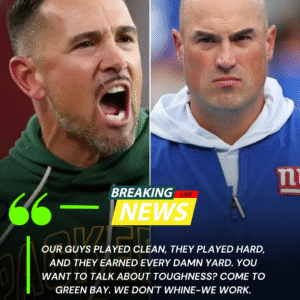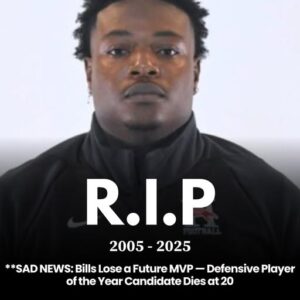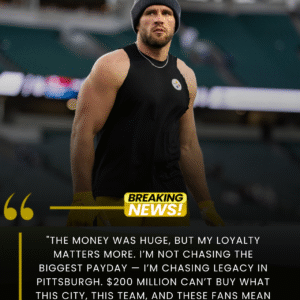In a breathtaking act of philanthropy, NFL superstar Jalen Hurts has just revealed that he quietly donated his entire $12.9 million from prize money and endorsement earnings to a bold new project: the Homeless Housing Initiative, which aims to build 150 homes and 300 beds specifically for people experiencing homelessness — many of whom are terminally ill.
At a press conference held shortly after the donation, Hurts told reporters:
“I didn’t win the championship, but I was still able to fulfill a promise to myself and to people who need hope to keep living. No one should have to sleep on the sidewalk.”
This donation is far more than a headline — it’s a clarion call to society. Below is full coverage of his gesture, motives, impact, and the challenges ahead.

A Quiet but Monumental Gesture
What makes this move especially striking is its discretion. Hurts chose not to broadcast the donation immediately; instead, he waited until the project had been structured sufficiently to announce its goals and impact. The full $12.9 million will be channeled into this housing initiative, with no personal gain or fanfare attached.
If built as planned, the project will deliver 150 homes and 300 beds, offering safe, dignified shelter for many of society’s most vulnerable — including those suffering terminal illnesses. The focus on terminally ill homeless people reflects a commitment not only to shelter but also to care and compassion.
Hurts’s statement underscores the philosophy behind the gift: even though he fell short of a championship title, he still considered this act a victory in its own right.
Why This Matters: A Moral & Social Imperative
Addressing Homelessness with Dignity
Across the U.S. and globally, homelessness remains a persistent crisis. Many individuals suffering from serious medical conditions have no stable place to live, making their health outcomes even more precarious. By creating housing with a capacity to serve those with the gravest needs, Hurts is attempting to bring structure, dignity, and care into the lives of people whom society often overlooks.
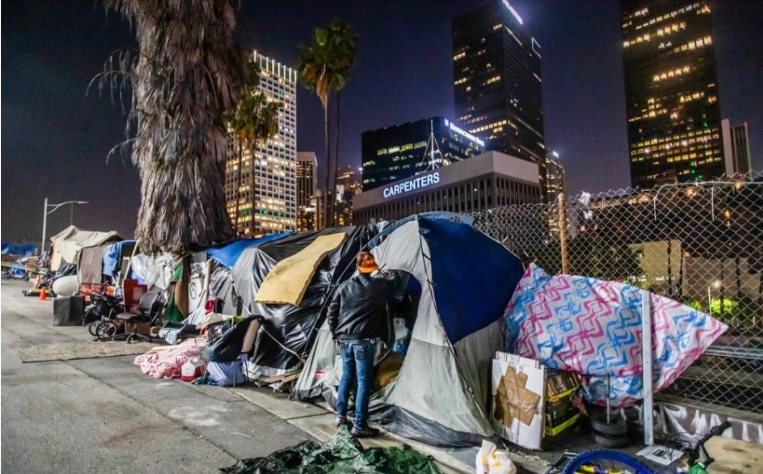
Leading by Example
Celebrities and high-earning public figures frequently make charitable donations, but few choose to commit their entire windfall in one decisive act. Hurts’s action sets a new bar for what it means to “give back.” Rather than pledging modest percentages or matching campaigns, he has made a bold and total commitment to this one cause.
Reinforcing the Power of Promise
His line — “I fulfilled a promise to myself and to people who need hope” — is emblematic. It signals that responsibility is not just external (to fans, organizations, or institutions), but internal: a personal vow that guides behavior. For many, that serves as inspiration: to see success not merely as fame or accolades, but as a platform to deliver on deep promises.
Potential Impact & Forward Trajectory
Housing and Health
With 150 homes and 300 beds, even a partial completion would significantly reduce overnight exposure for many vulnerable individuals. For terminally ill persons, stable housing means safer access to medical care, continuity of medication, reduced risk of exposure or neglect, and perhaps most importantly, dignity.
Community & Economic Benefits
Stable housing often correlates with lower emergency care use, fewer shelter costs, reduced strain on social services, and better mental health outcomes. The ripple effects of such investment tend to accrue widely: improved public health metrics, lower burdens on hospitals, and less pressure on crisis services.
Inspiring Philanthropy & Partnerships
Hurts’s donation may encourage matching grants, corporate partnerships, and civic support. Especially for a high-profile athlete, this act can galvanize further giving, policy attention, and local support. Partners in healthcare, design, construction, and social service sectors may see chances to contribute, collaborate, or co-invest.
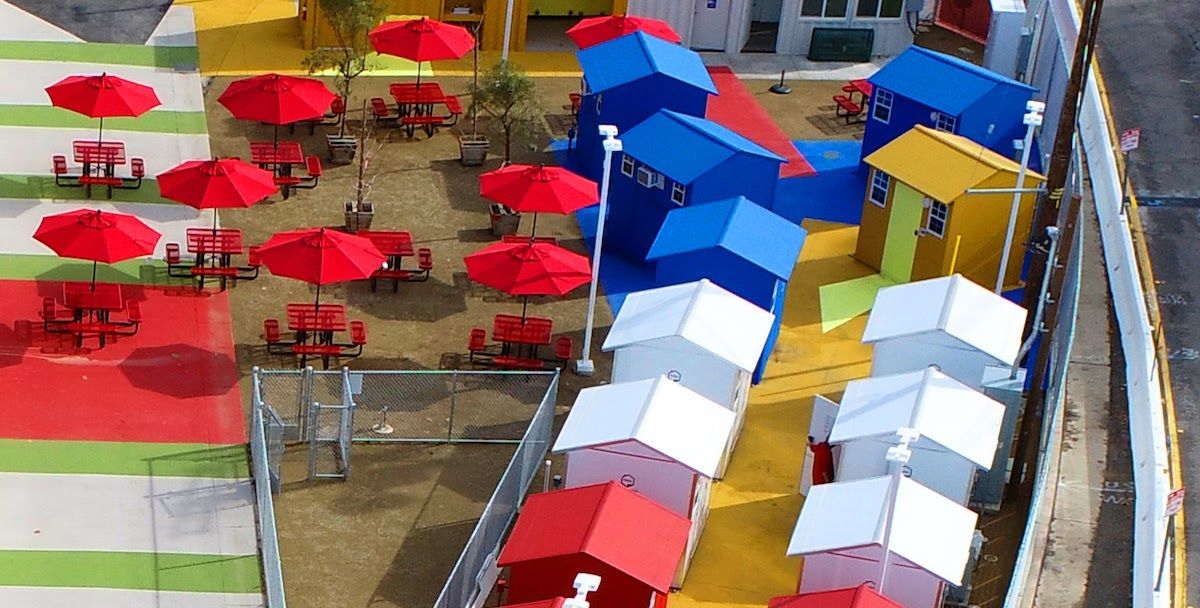
Challenges & Caveats to Watch
Execution Is Key
Announcing 150 homes is one thing — realizing them is another. Zoning, permits, land acquisition, staffing, ongoing maintenance, social services integration, and sustainable funding are all major hurdles. Even with $12.9 million, scaling a project of this magnitude demands strategic project management and long-term planning.
Ongoing Funding
The donation covers presumably capital costs — land, building, basic operations — but long-term viability depends on sustainable funding. Healthcare, staffing, utilities, and maintenance require consistent revenue or support streams beyond the initial gift.
Oversight, Accountability & Transparency
Given the scale, the public and donors will expect clear reporting: how every dollar is used, construction milestones, resident outcomes, and accountability for setbacks. Hurts will likely need to partner with experienced nonprofit or housing organizations to manage this effectively.
Community & Political Resistance
In many jurisdictions, creating homes for homeless or medically vulnerable populations can face community opposition, regulatory hurdles, or NIMBY (Not In My Backyard) resistance. Securing local buy-in and political support will be crucial.
The Bigger Picture: Sports, Influence & Purpose
Jalen Hurts’s action signals that modern athletes can wield influence far beyond stadiums. The power of celebrity, when directed toward structural social change, becomes a force multiplier. This is not a one-off charitable check — it is an infrastructural investment.
In recent years, athletes like LeBron James, Colin Kaepernick, and Naomi Osaka have channeled their platforms into education, social justice, and mental health. Hurts’s donation, in its scale and boldness, joins that league — an example of turning personal earnings not into legacy trophies, but into human infrastructure.
Final Thoughts
In that press conference, Hurts said he didn’t win the championship — yet he fulfilled a promise. It’s a potent reminder: real victories sometimes live off the field. His $12.9 million gift is not just money; it’s a statement about values, responsibility, and the possibility of hope for those who often see none.
As the Homeless Housing Initiative unfolds, scrutiny and support will grow hand in hand. The true measure won’t be in headlines, but in how many people find a bed, a roof, a safe haven — and the freedom to breathe more peacefully at night.
If you like, I can help you shape this into a version for news sites, or optimize it for social media — which do you prefer?
